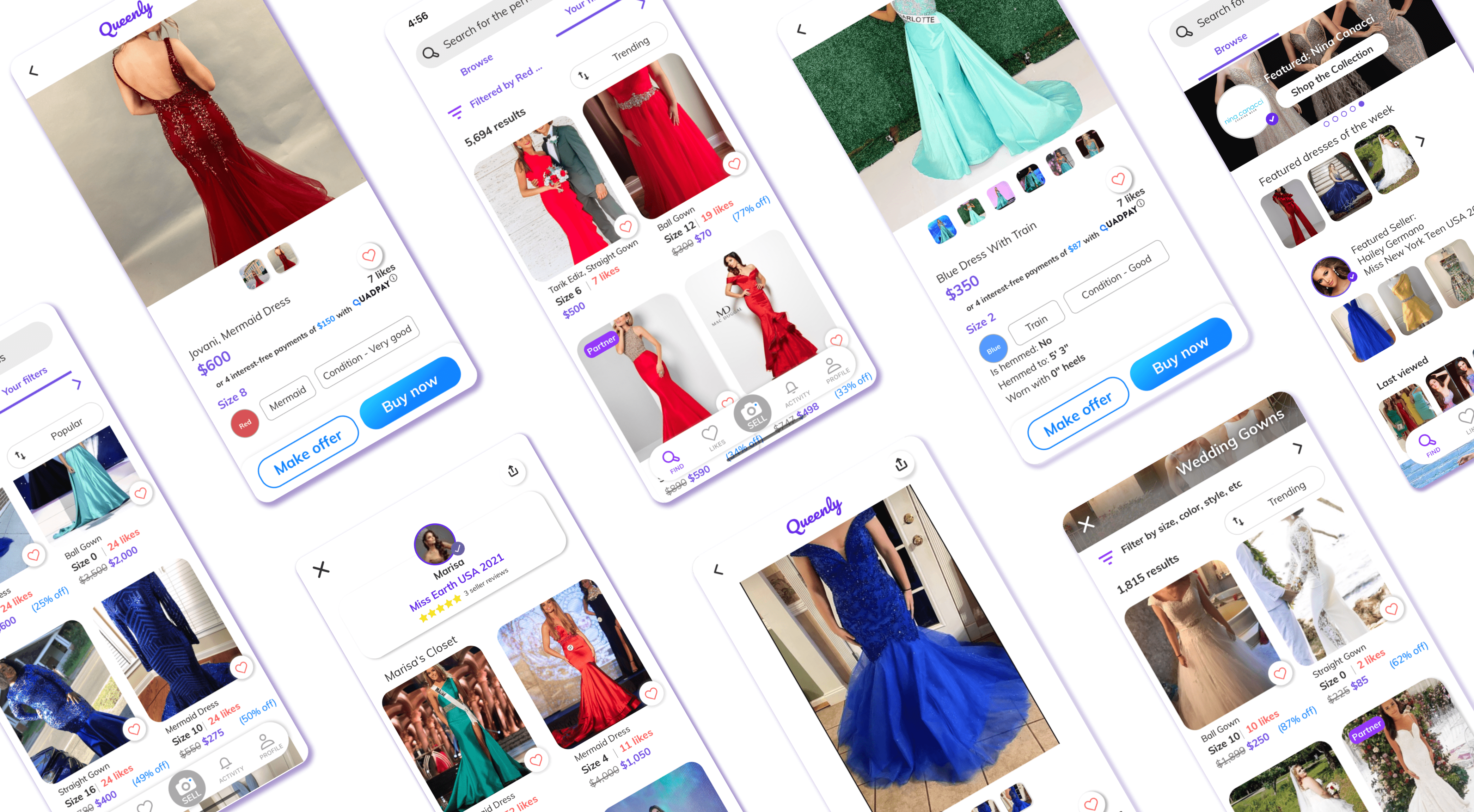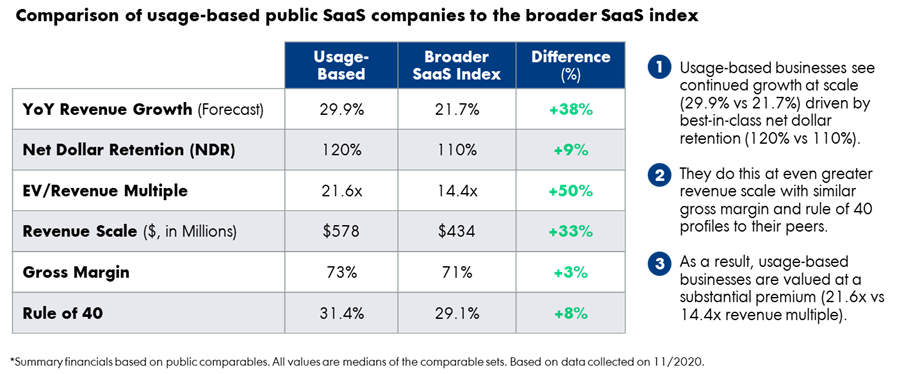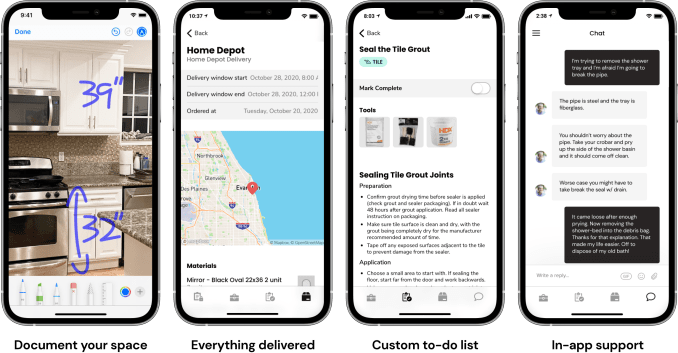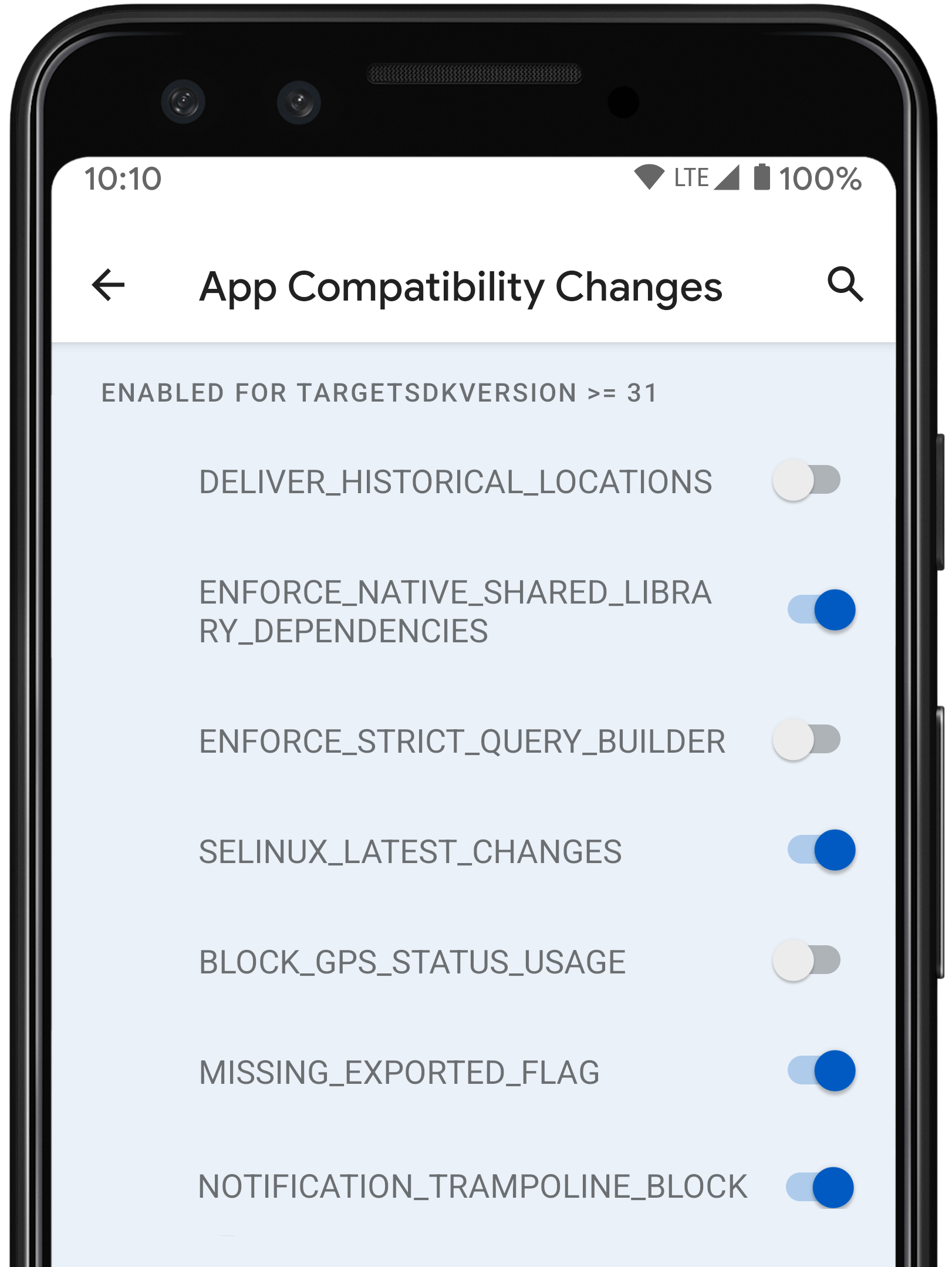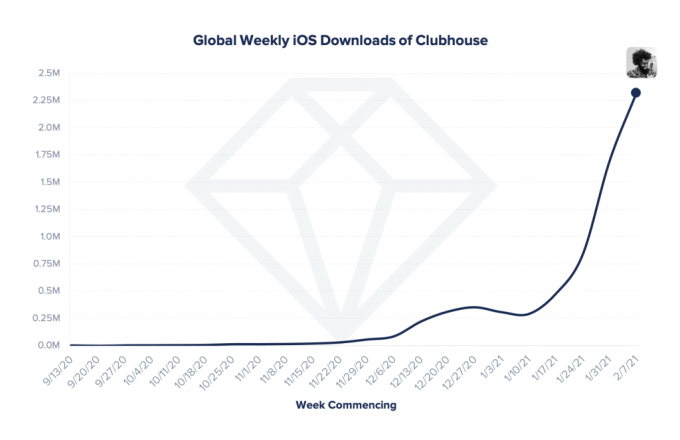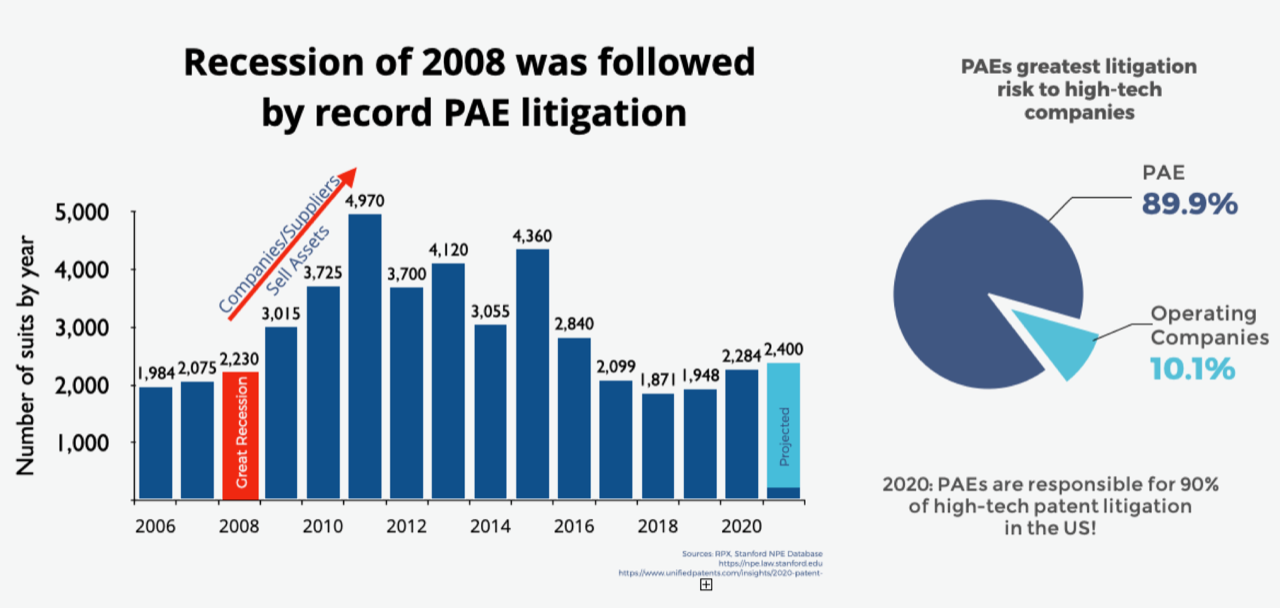News: Google has a new responsible AI lead
Google has appointed Dr. Marian Croak to lead its responsible artificial intelligence division within Google Research, Bloomberg reported earlier today. Croak was previously the vice president of engineering at the company. In her new role, Croak will oversee the teams working on accessibility, AI for social good, algorithmic fairness in health, brain fairness, ethical AI
Google has appointed Dr. Marian Croak to lead its responsible artificial intelligence division within Google Research, Bloomberg reported earlier today. Croak was previously the vice president of engineering at the company.
In her new role, Croak will oversee the teams working on accessibility, AI for social good, algorithmic fairness in health, brain fairness, ethical AI and others. She’ll report to Jeff Dean, SVP of Google AI Research and Health. In a Google blog post and video confirming the news, Croak said:
This field, the field of responsible AI and ethics, is new. Most institutions have only developed principles, and they’re very high-level, abstract principles, in the last five years. There’s a lot of dissension, a lot of conflict in terms of trying to standardize on normative definitions of these principles. Whose definition of fairness, or safety, are we going to use? There’s quite a lot of conflict right now within the field, and it can be polarizing at times. And what I’d like to do is have people have the conversation in a more diplomatic way, perhaps, than we’re having it now, so we can truly advance this field.
This all comes after the departure of Dr. Timnit Gebru, the former co-lead of Google’s ethical AI team, as well as the corporate lockout of researcher Margaret Mitchell, founder of Google’s ethical AI team. In January, Google revoked corporate access from AI ethicist Margaret Mitchell for reportedly using automated scripts to find examples of mistreatment of Gebru, according to Axios. Gebru says she was fired from Google while Google has maintained that she resigned. In a statement to Axios at the time, Google said:
Our security systems automatically lock an employee’s corporate account when they detect that the account is at risk of compromise due to credential problems or when an automated rule involving the handling of sensitive data has been triggered. In this instance, yesterday our systems detected that an account had exfiltrated thousands of files and shared them with multiple external accounts. We explained this to the employee earlier today.
Mitchell is still locked out of her account, and tweeted today about how she only found out about the reorganization through the Bloomberg story.
…And this is how I find out. I’m so glad for all the trust they’ve rebuilt. It seems I’ve been completely erased and my team taken.https://t.co/1BTGOo5Wry
— MMitchell (@mmitchell_ai) February 18, 2021
TechCrunch has reached out to Google to try to determine what this means for Mitchell, but the company declined to comment on her.

